The Benefits of Golf for Joints and Bones: A Low-Impact Sport for Seniors
Golf might look like a chill way to spend the day, but for seniors, it's more than just a relaxing stroll on the green. This low-impact sport packs some serious perks for both body and mind, especially when it comes to keeping joints and bones in shape.
As we age, staying mobile and strong is key, and golf offers a fun way to do just that without overworking the body. Let’s examine how such a pass-time sport like golf can have huge benefits for the joints and bones of seniors.
Low-impact movement: Easy on joints
Golf is great because it’s gentle on the joints. For seniors with joint pain or stiffness, like steoarthritis, this is a big win. Unlike running or tennis, golf involves slow, controlled movements. This reduces the risk of joint strain or injury.
Walking during golf—especially if you skip the cart—offers rhythmic, low-impact exercise. It keeps the joints moving and boosts circulation. This helps keep knees, hips, and ankles flexible without overdoing it. Even swinging a golf club is smooth and controlled, giving a range of motion without heavy impact.
Weight-bearing exercise: strengthening bones
Golf may be low-impact, but it’s still a weight-bearing exercise, which is great for bones. Walking and swinging clubs help stimulate bone growth and slow down bone density loss. As we age, bones naturally weaken, and golf can help keep them strong.
Playing golf regularly can boost bone strength. Walking keeps bones engaged, promoting bone remodeling—where old bone is replaced with new tissue. Golf can slow bone loss, lowering the risk of fractures or osteoporosis.

Improved range of motion and flexibility
Golf, unlike other sports, involves a very complex movement, especially when swinging a club. This motion assists in improving the flexibility of the shoulders, arms, spine, and hips. For seniors, it is important to remain flexible to avoid stiffness and remain active.
The twisting and turning motions when swinging a golf club benefit the muscles around the joints. This helps improve flexibility in the long run. With enough practice, seniors can achieve a better range of motion and reduced stiffness. This not only helps on the golf course but also pays off in daily activities.
Heart and joint benefits
Many golfers use carts, but walking is one of the best exercises for seniors. Walking about four miles during an 18-hole game improves heart health, helps manage weight, and lowers the risk of conditions like diabetes and heart disease.
Walking also strengthens joints and keeps them flexible. The steady pace of walking gently pressures the knees, hips, and ankles, boosting circulation. This produces synovial fluid, which lubricates and cushions the joints, making movement smoother and less painful.
For seniors with arthritis, walking can help maintain mobility without making symptoms worse. Over time, it reduces joint pain and stiffness, improving overall quality of life.

Mental health benefits: stress relief and brain boost
Playing golf comes with a lot of benefits, such as contributing positively to stress relief and boosting mental activities. Whatever disease one has, stress aggravates it.
This is more the case for ailments such as arthritis. By engaging in leisurely outdoor games such as golf, senior citizens can reduce stress, which in turn reduces inflammation within the joint areas.
Golf also encourages mindfulness and mental clarity. The calm outdoor setting helps quiet the mind and offers a break from daily worries. Plus, focusing on the game sharpens cognitive function, which is vital for older adults wanting to stay sharp and avoid cognitive decline.
Let’s not forget the social aspect! Playing with friends or joining a club gives seniors valuable social interaction. This can lower the risk of depression and loneliness. A positive mindset and lower stress can greatly improve physical health, including joint mobility.
Customized activity for all fitness levels
The best thing about golf is that it caters to everyone’s level of fitness. Ordinary seniors, who may not engage in vigorous activities normally, can still step on the golf course for a whole day. They may do it leisurely, get a cart, or play less than a full round.
Golfers have the option to scale their games up or down depending on energy levels and body conditions.
For those worried about joint pain or mobility, swings can be modified, and lightweight clubs can help reduce strain. Professional instructors can provide training tailored for seniors, helping them adapt their posture and technique to enjoy the game without pain.

Balance and coordination
A primary concern for older people is falling. They can fracture bones or sustain injuries easily. Golf acts as a means of improving balance as well as coordination, helping them to prevent falling so easily. Swinging a golf club and maintaining the right posture makes use of core muscles.
This assists in stabilizing and improving the overall balance of the body.
When seniors work on their swing, they also enhance their hand-eye coordination. This helps in performing everyday tasks. Even as they walk up the stairs, go on casual walks, or do household chores, they become less prone to falls or tripping.
Social interaction
Golf is a social game, often played in groups. It gives seniors a chance to stay connected. Social interaction improves mental and emotional health. This can positively affect physical health too.
Seniors who play golf with friends feel less isolated or depressed.
This is important because depression can worsen conditions like arthritis. Emotional well-being affects physical health. Seniors with a positive outlook tend to stay active. The camaraderie on the golf course encourages more frequent play. This helps them maintain regular exercise, benefiting their bones and joints.
For seniors who want to stay active and keep their joints happy, golf is a win-win. It’s low-impact, so your bones won’t feel like they’ve run a marathon. Plus, it’s a great brain workout—who knew chasing a little white ball could be so mentally stimulating?
Golf is as adaptable as your favorite pair of sweatpants, fitting seniors of all fitness levels. The perks?
Improved bone density, better joint flexibility, and balance that would make a tightrope walker jealous.
OTHER NEWS
-
- A complete guide to outdoor hiking in the cool autumn weather for the elderly
- By yl 24 Sep,2024
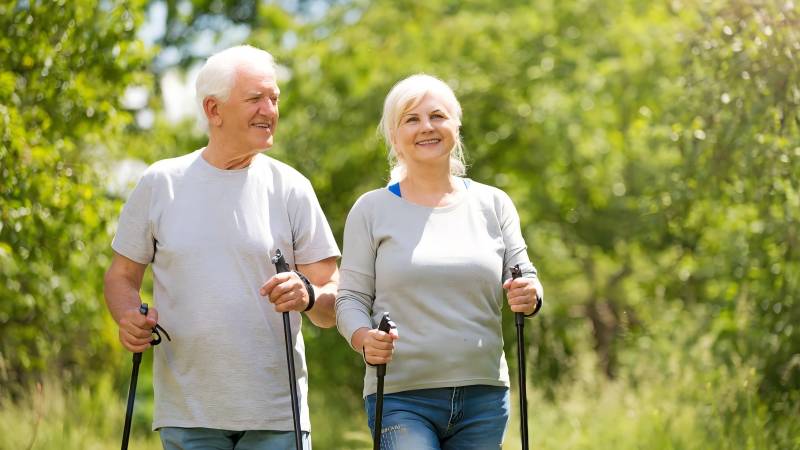
-
- Winter Warmth Essential For Seniors: From Clothing To Home Goods
- By Prodosh Kundu 15 Oct,2024

-
- Music and vitality: the charm and fun of the senior choir
- By zh 27 Sep,2024
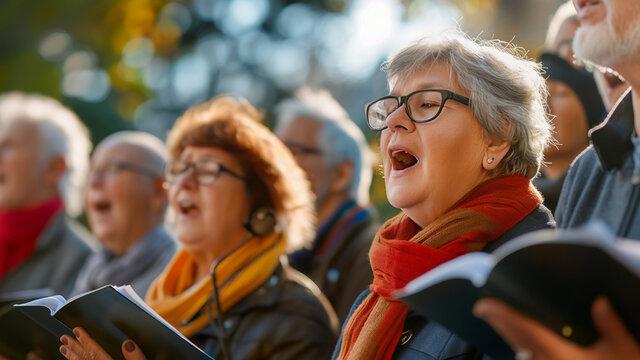
-
- Winter Warmth Exercise:Indoor Activities for Senior Living
- By mth 24 Sep,2024
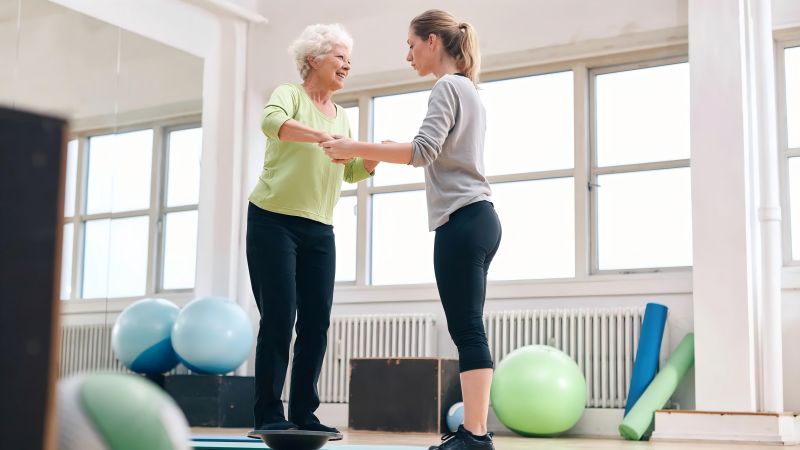
-
- The appeal of senior social events! -It's never too late for fun.
- By YCY 10 Oct,2024
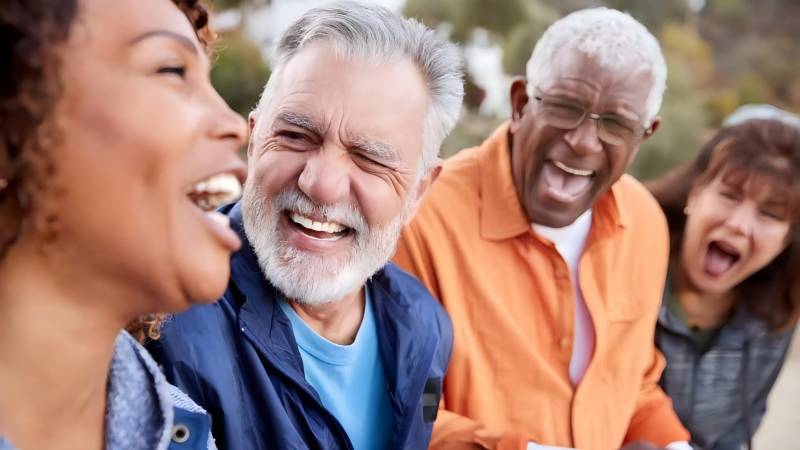
-
- Beyond the Limit: A Healthy Journey of Table Tennis for the Elderly
- By zh 30 Sep,2024
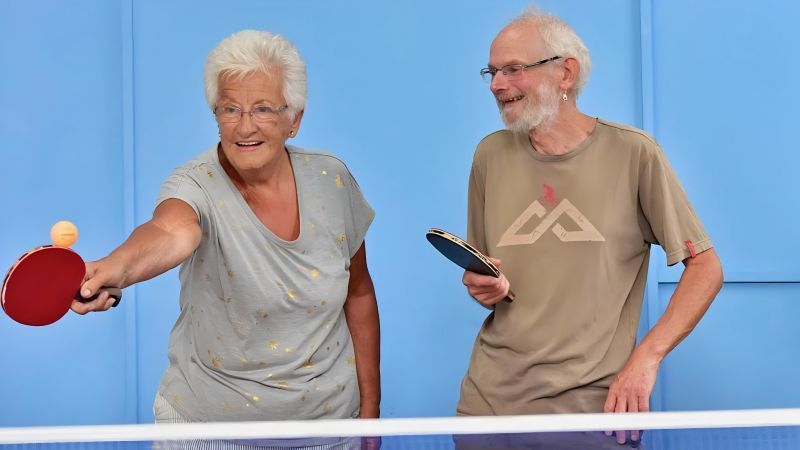
-
- Seniors and Thanksgiving a mix of gratitude and memories
- By zyy 14 Oct,2024

-
- Embrace the golden season on two wheels and keep your body energized!
- By YCY 24 Sep,2024

-
- How seniors can stay healthy by walking during the fall and winter months
- By yl 29 Sep,2024
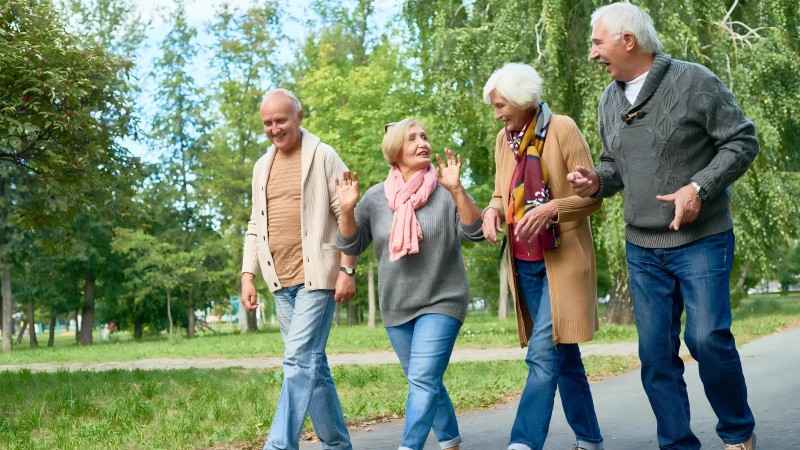
-
- Fall and Winter Fishing Fun for Seniors Nature and Quiet Time
- By zyy 11 Oct,2024
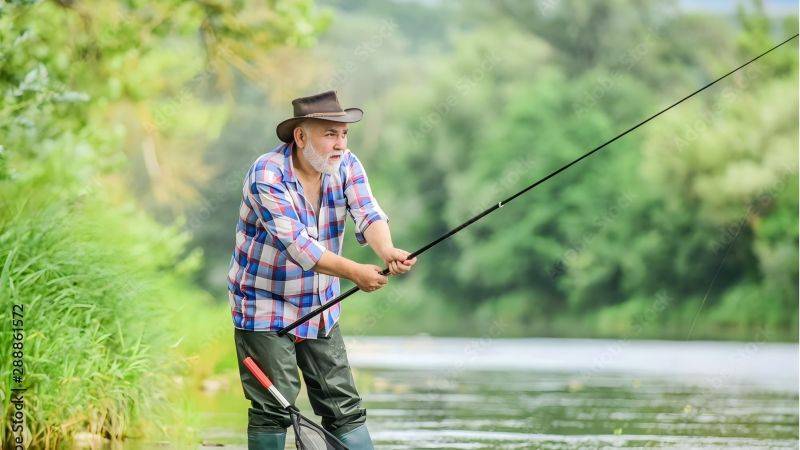
-
- Hiking in Autumn and Winter A Different Kind of Life for the Elderly
- By zyy 25 Sep,2024

-
- Age is not a barrier! How can the elderly safely enjoy the physical and mental benefits of diving?
- By zh 11 Oct,2024

 1
1 1
1